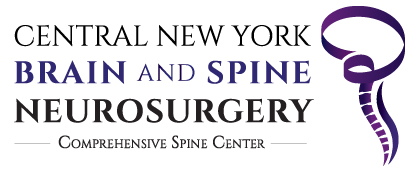Eight percent of American adults experience persistent back pain. The problem extends so far, that back pain is the leading cause of work loss days. Odds are, if you’re reading this article, you or someone you know is currently experiencing back pain that won’t go away. Well, we’re here to help. And hopefully, by the end of this article, you’ll have some helpful solutions to your back problems.
Finding a Position of Comfort
For immediate relief, finding a position of comfort or applying pressure is helpful. You can try lying face down, applying ice to the affected area, or alternatively, getting a gentle massage. It can also be helpful to practice some stretching exercises to help relax your muscles. Yoga, in particular, can be helpful. However, do remember to stop immediately if you feel sharp or increased pain.
Reactivating the Right Muscles
Activating your muscles can help when they spasm. Practice different movement exercises like hip hinges or pelvic tilts. However, once again, you must take into account your situation. If your pain is due to direct injury or a fracture, it is best to seek medical advice from a spine specialist.
Weight Loss
If you are overweight or obese, and cannot identify any direct cause for your back pain, losing weight can help. Do be sure to check your BMI or height to waist ratio to see whether you are within a healthy weight range. If you are overweight, eating healthy and exercising daily can help you shed a few pounds. This will decrease the load on your spine and in turn, ease your back pain.
Conditions That Cause Back Pain
While back pain can be harmless and pass within a few days, persistent pain is usually an indicator of something more sinister. Here are a few conditions to watch for.
Degenerative Disc
This is especially likely for those who are a little older. This type of pain usually occurs around the lower back but can extend along your spine.
Sacroiliitis
Sacroiliitis is caused by joint inflammation. The pain can occur within your buttocks, lower back, or even your legs.
Spondylitis
Pain within your back that affects your flexibility could be symptomatic of ankylosing spondylitis. Hunching, the inability to sit straight can be indicators of this disease.
What to Do When You Have Back Pain That Won’t Go Away
Back pain that won’t go away is an indicator of something serious. It is best to get the assistance of a medical professional, because in certain cases, you may even require surgery or other types of comprehensive treatment. Don’t risk exacerbating the situation, and visit a doctor as soon as you can.Looking for a spine specialist in New York? We can help. Get in touch with any questions or concerns you have, and we’ll get back to you in no time!

